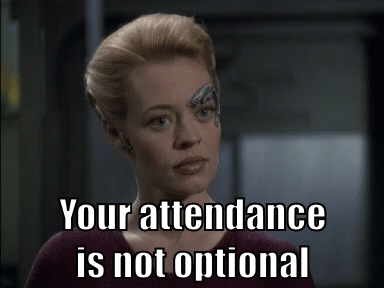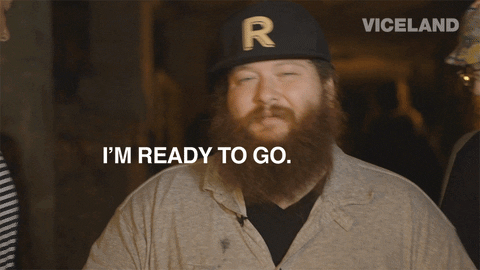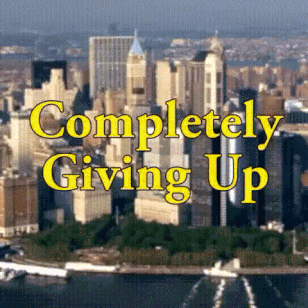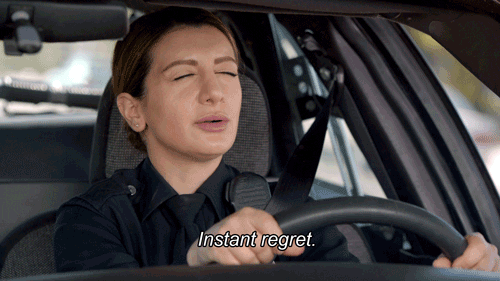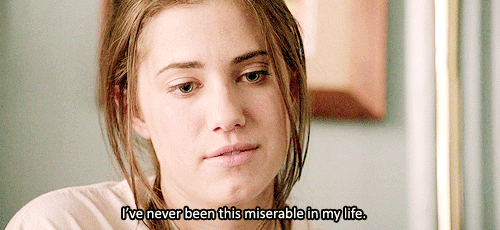Alan Vega, artist and vocalist of the band Suicide, died last Saturday on July 16. In a way, this feels like the other musical losses we’ve endured this year. Everybody puts out their condolences on Twitter, everybody listens to the music of the recently deceased artist and maybe the Grammys do a nice tribute at the end of the year. With Vega, it feels different. Suicide was never a popular band. They released very few albums (only two at their peak) and were always the oddball band, even in the fruitful late '70s New York music scene.
I can’t blame the public for its non-interest; it’s hard to sell “two-man synth punk band where the singer sometimes hits himself with chains” to Joe and Janet down the street. But I don’t think it’s a stretch to say that every band that has touched a synth has Suicide’s DNA in it. Though synthesizers in music had already been explored in Europe and by more eclectic composers, Suicide gave the synth a dark physical edge. In an era of guitars, they took a hard left and went their own way. If there is any justice, history will be kind to their legacy.
But everybody talks about the influence and importance of an artist who just died. I wasn’t alive in Suicide’s heyday, nor was I alive to witness the normalization of synth in rock and pop. Everything I’ve said has been said better by someone else who was actually there. So I’m going to talk about my personal experience with Suicide and Vega. I’m going to tell you why this death feels different.
I discovered the band Suicide when I was about 13 or 14 years old. I was deep into my Alice Cooper phase (I was a super popular kid), and I was watching some top 10 creepiest song list on YouTube. The first nine songs were morbid rock and metal songs by the likes of Marilyn Manson or the Misfits. The songs were about demons or monsters or murderers; it all felt about as real as one of those Spirit Halloween stores that mysteriously disappear in November.
The last song was called “Frankie Teardrop” by Suicide. The guy who made the video refused to play it, saying it was too scary to listen to a second time. I was intrigued, so I pulled up the song on. Vega began chanting the story of a man named Frankie, who kills his wife and son before killing himself and going to hell. The background music was the unrelenting hiss of a drum machine with some ghostly synths playing in the background. This song did not seem fake. It was the most fucked up thing I’d ever listened to. The YouTuber was right. I did not want to listen to that song again. That feeling, of course, did not last long.
I had never before consumed art that frightened, disgusted or challenged me. It was the first song I had listened to that wasn’t supposed to be enjoyable. It made me realize that music wasn’t a thing you threw on in the background to fill the silence. Music was much more important than that.
So rest easy, Alan Vega. Though you may be gone, your music will be challenging (and terrifying) people for years and year to come.















